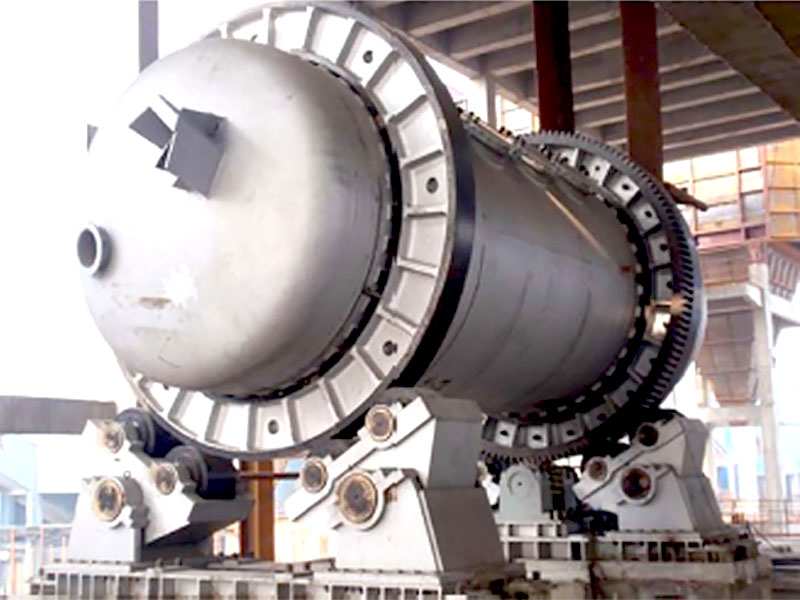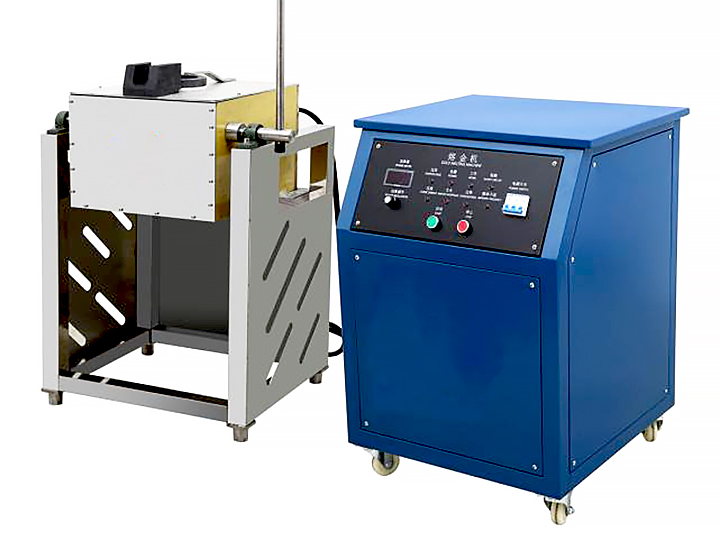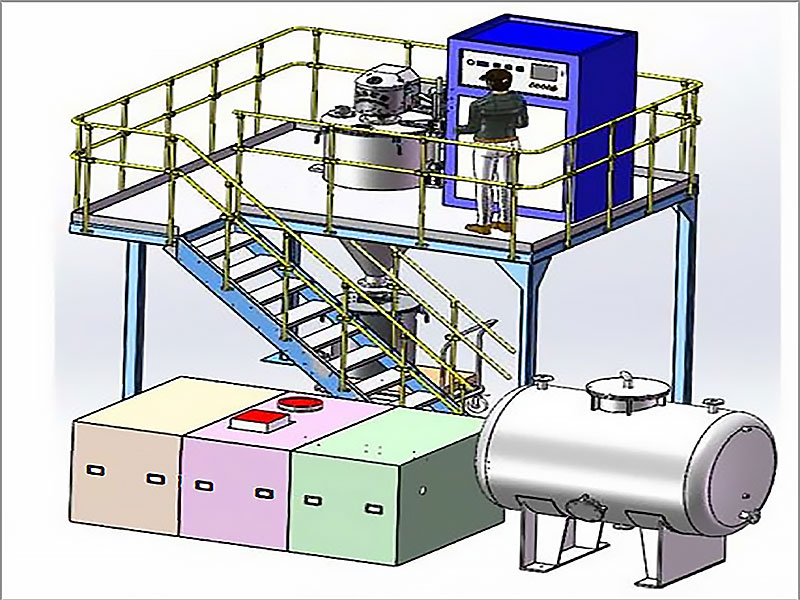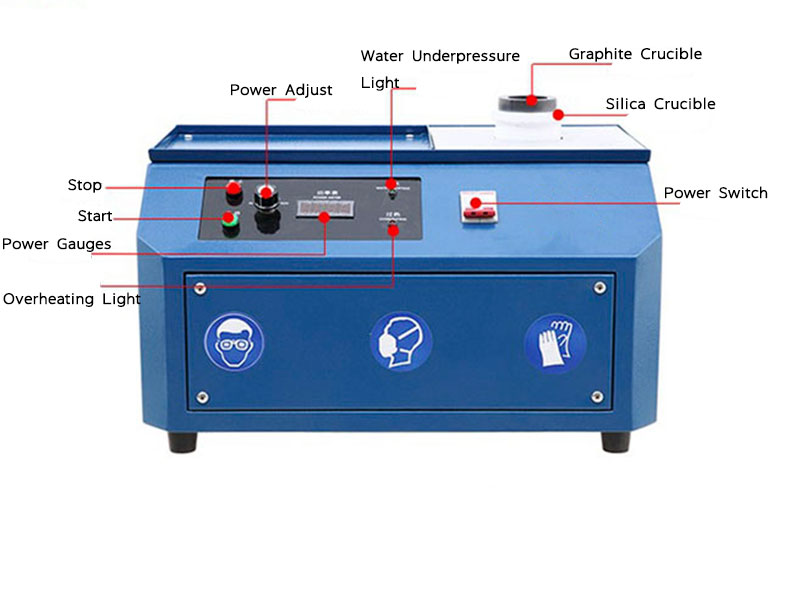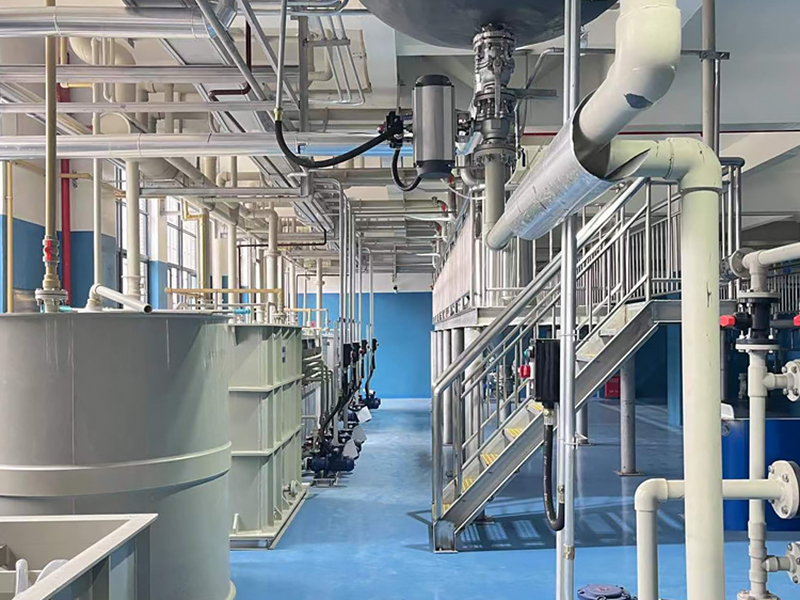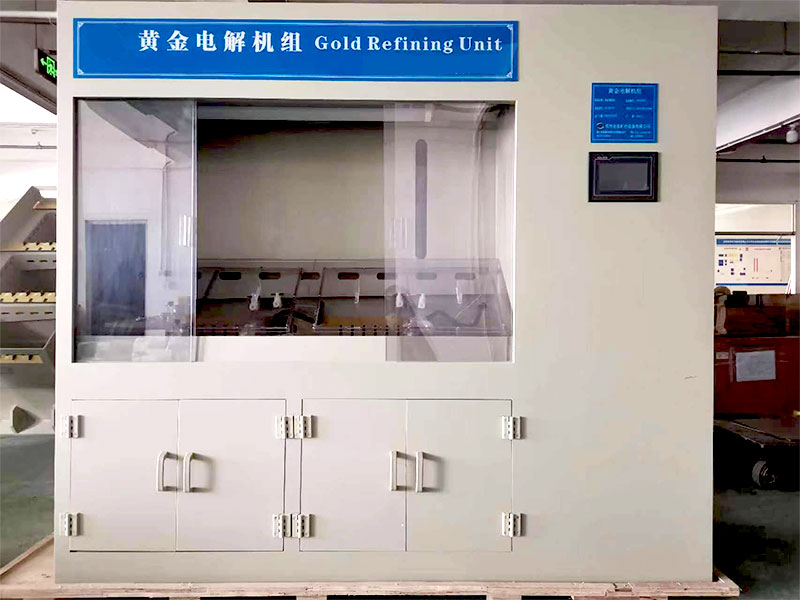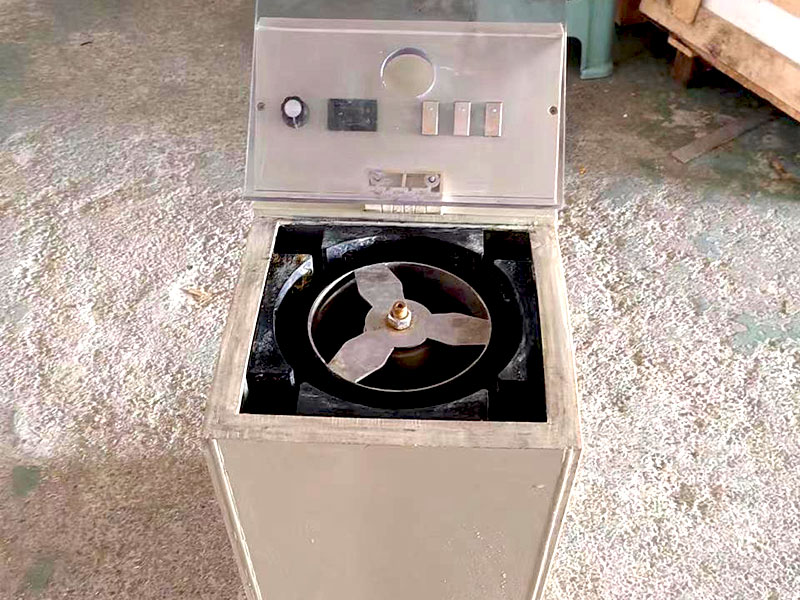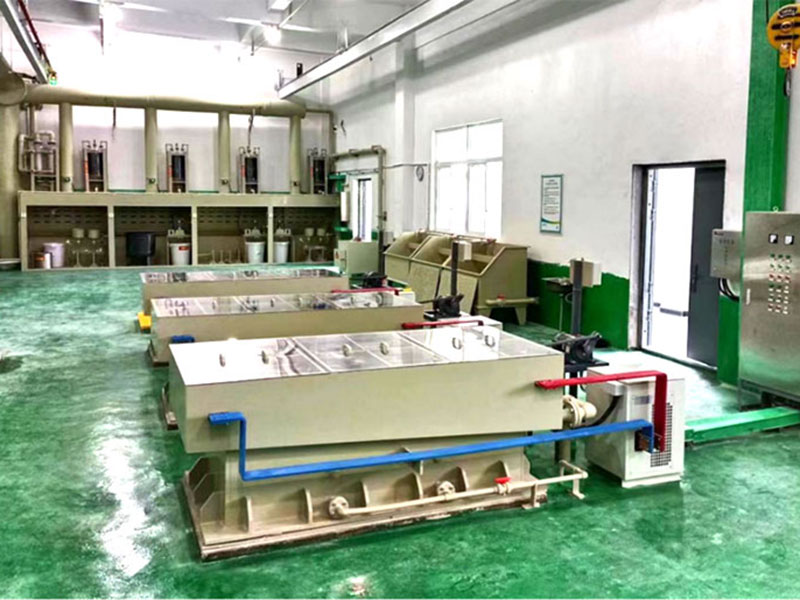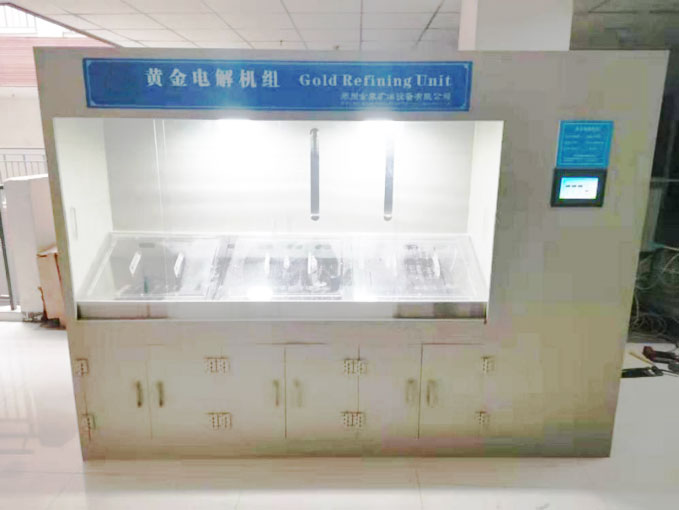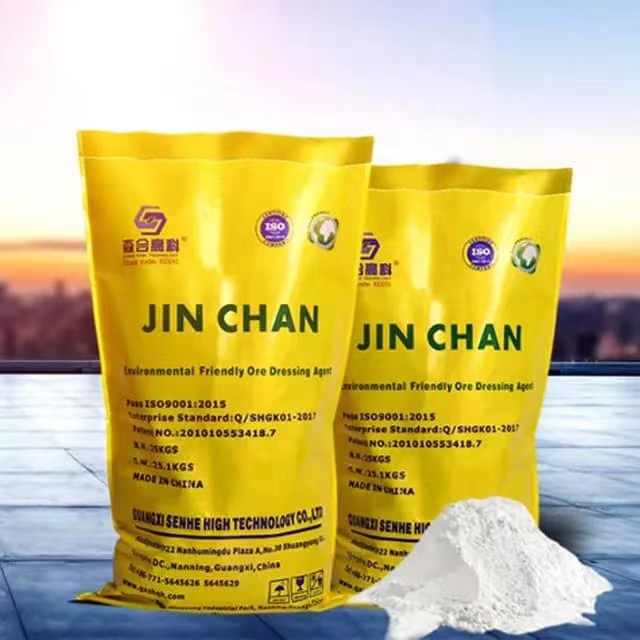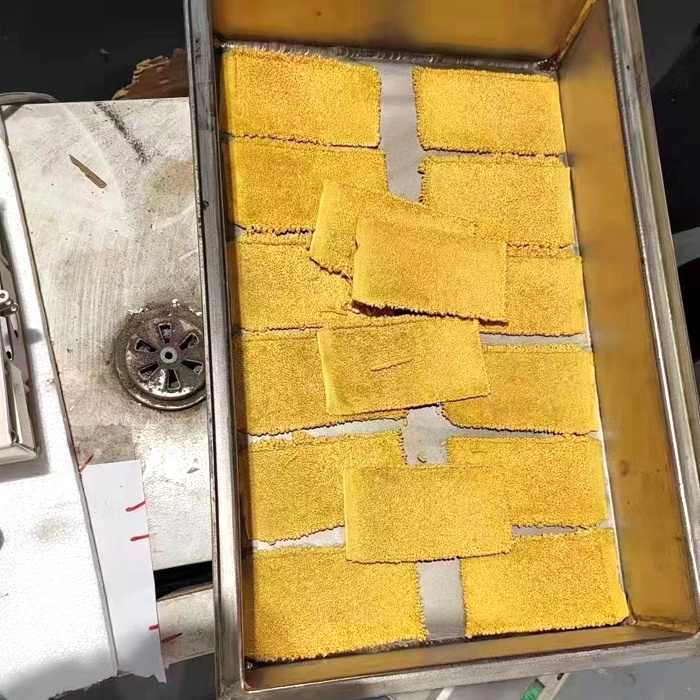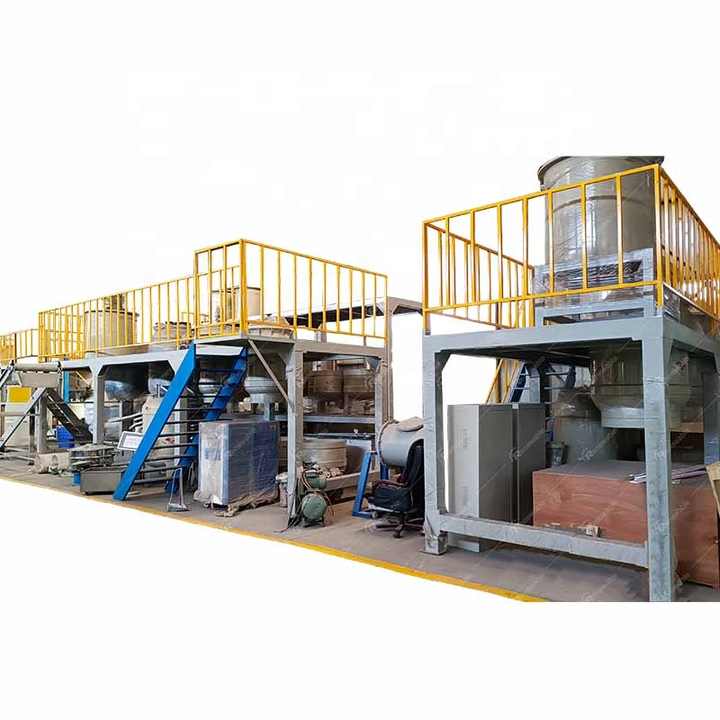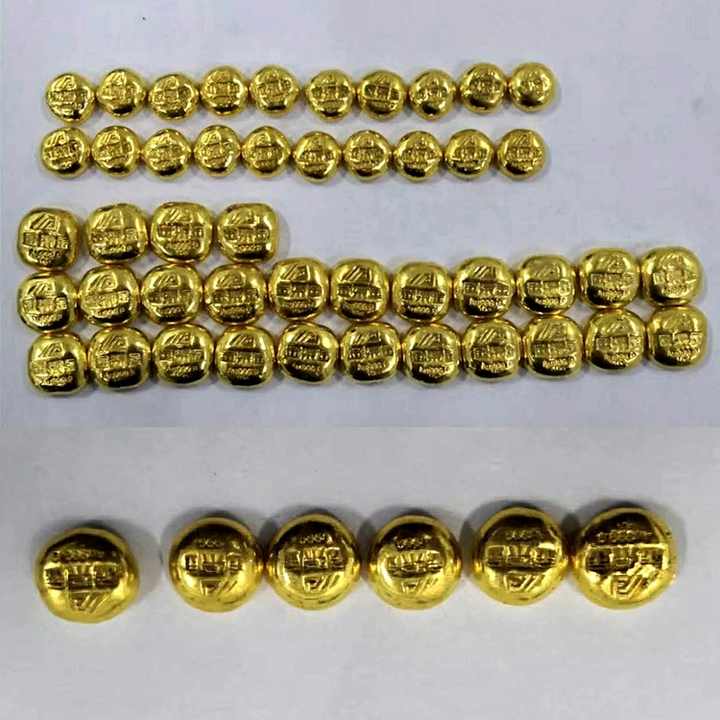gold refining equipment
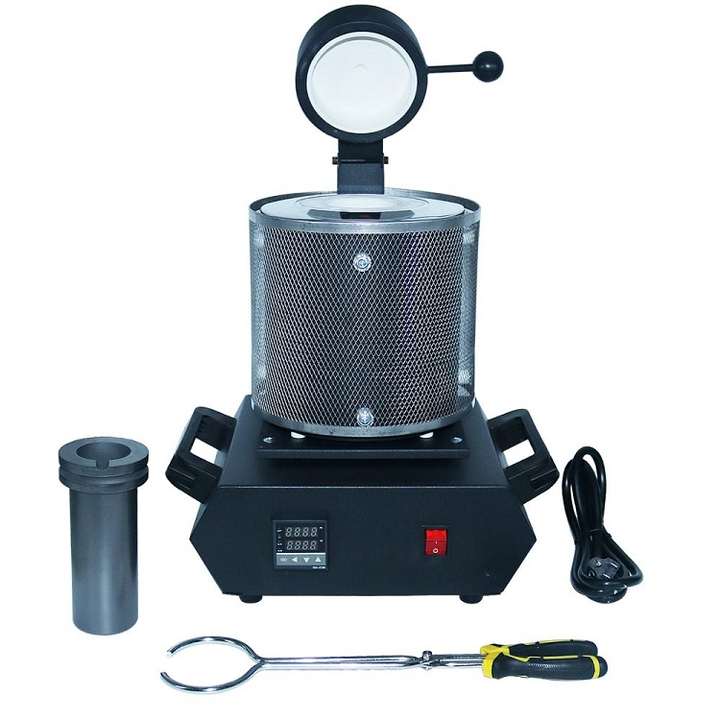
Gold refining is a critical process in the precious metals industry, transforming raw materials into pure gold. The success of this process largely depends on the quality and efficiency of the gold refining equipment used. Whether for large-scale industrial operations or small-scale refiners, having the right tools and machinery is essential for achieving high purity levels. This article explores the different types of gold refining equipment, their functions, and the importance of selecting the right equipment for your needs.
Understanding the Importance of Gold Refining Equipment
Gold refining equipment is designed to purify gold by removing impurities, resulting in high-purity gold that can be used in various applications. The equipment used in this process must be able to handle the physical and chemical challenges associated with refining gold, such as high temperatures and corrosive chemicals. The quality of the equipment can significantly impact the efficiency, safety, and final purity of the refined gold.
Types of Gold Refining Equipment
There are several types of gold refining equipment available, each serving a specific purpose in the refining process. The most common types include:
- Crucibles and Furnaces: Crucibles are containers made from heat-resistant materials, such as graphite or ceramic, used to hold gold during the melting process. Furnaces provide the high temperatures needed to melt the gold, allowing impurities to separate and be removed. Crucibles and furnaces are essential for both traditional and modern refining methods.
- Miller Chlorination Equipment: The Miller process is a popular refining method that uses chlorine gas to purify gold. The equipment for this process typically includes a furnace, chlorine gas supply, and a reactor where the gold is melted and exposed to chlorine. This equipment is known for its efficiency in producing gold with a purity of around 99.5%.
- Electrolytic Cells: Electrolytic refining is a method that uses electrolysis to purify gold. In this process, impure gold is made the anode in an electrolytic cell, and pure gold is deposited on the cathode. The equipment required includes an electrolytic cell, power supply, and electrolyte solution. This method is preferred for achieving higher purity levels, often up to 99.99%.
- Aqua Regia Refining Equipment: Aqua regia, a mixture of hydrochloric acid and nitric acid, is used to dissolve gold and separate it from impurities. The equipment for this process includes chemical-resistant reactors, fume hoods, and filtration systems. Aqua regia refining is highly effective for small-scale operations and for refining scrap gold.
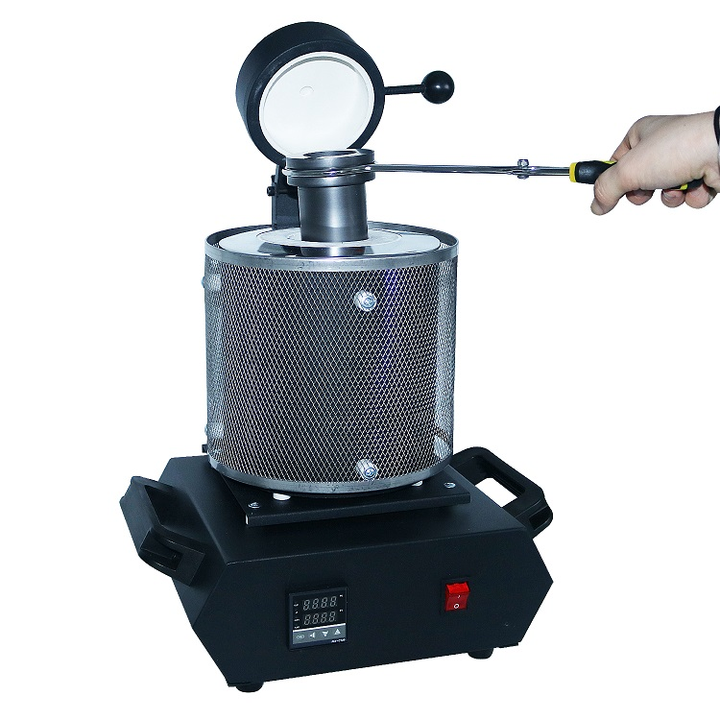
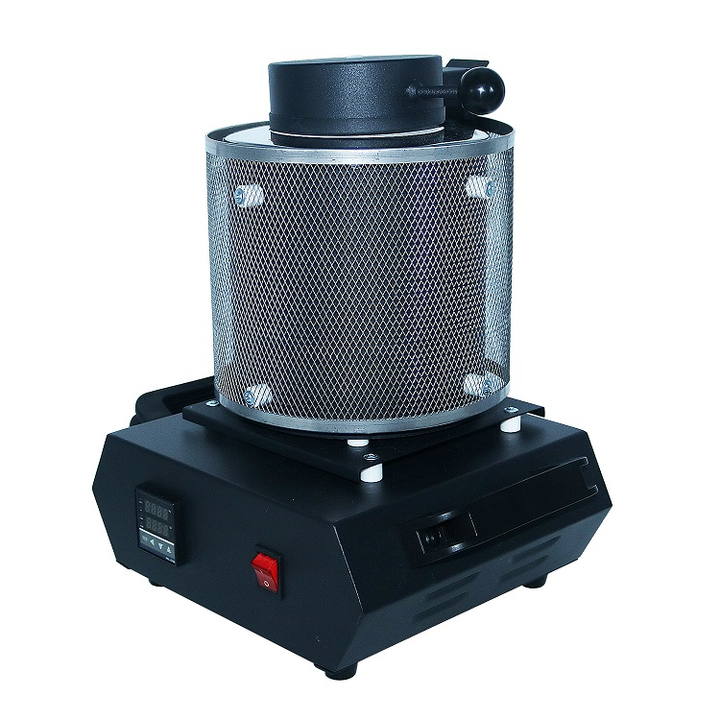
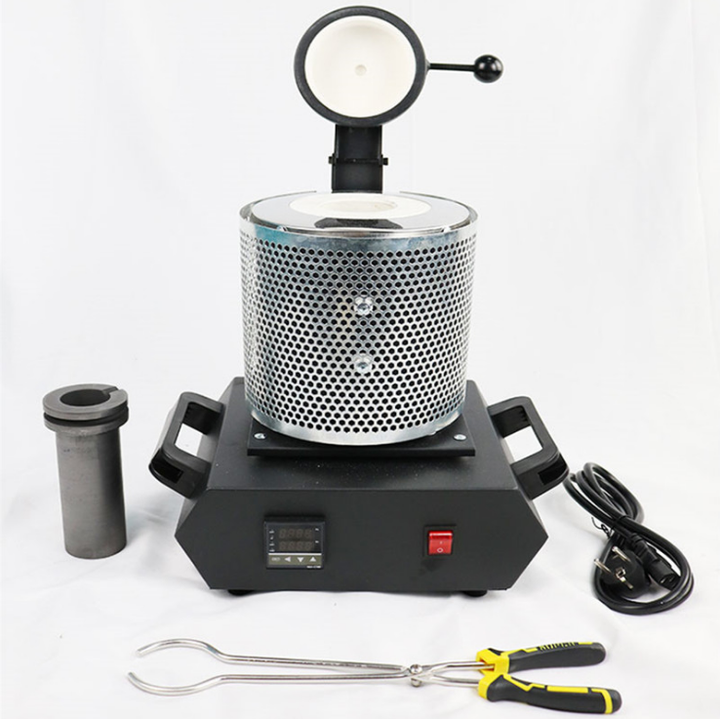
Selecting the Right Gold Refining Equipment
Choosing the right gold refining equipment depends on several factors, including the scale of your operation, the purity level required, and your budget. Here are some considerations when selecting equipment:
- Scale of Operation: For large-scale industrial refining, robust and automated equipment is necessary to handle large volumes of gold efficiently. Smaller operations may require more compact and manual equipment that can be operated with less infrastructure.
- Purity Requirements: The desired purity level of the refined gold will influence the choice of equipment. For example, if you need to achieve 99.99% purity, electrolytic refining equipment or advanced chemical refining systems may be necessary.
- Budget: Gold refining equipment varies in cost, with more advanced systems typically being more expensive. It’s important to balance cost with the quality and efficiency of the equipment to ensure you get the best value for your investment.
The Role of Safety in Gold Refining Equipment
Safety is a critical consideration when working with gold refining equipment. The refining process involves high temperatures, toxic chemicals, and potentially hazardous fumes. Therefore, equipment must be designed with safety features to protect workers and the environment. Some safety considerations include:
- Ventilation Systems: Proper ventilation is essential to remove toxic fumes generated during the refining process, particularly when using chemicals like chlorine gas or aqua regia. Equipment should be equipped with fume hoods and exhaust systems to ensure a safe working environment.
- Temperature Control: Refining gold requires precise temperature control to avoid accidents such as overheating or explosions. Furnaces and other heating equipment should have reliable temperature control systems and safety shutoffs to prevent accidents.
- Personal Protective Equipment (PPE): Operators should always use appropriate PPE, such as gloves, goggles, and protective clothing, when working with gold refining equipment. Equipment manufacturers often provide guidelines on the necessary PPE for safe operation.
Maintenance and Care of Gold Refining Equipment
Proper maintenance and care of gold refining equipment are essential to ensure its longevity and efficient operation. Regular maintenance can prevent breakdowns, reduce downtime, and extend the life of the equipment. Key maintenance practices include:
- Regular Cleaning: Equipment should be cleaned regularly to remove residues and prevent corrosion. This is especially important for equipment exposed to chemicals like aqua regia or chlorine gas.
- Inspection and Calibration: Regular inspection of equipment components, such as crucibles, furnaces, and electrolytic cells, is necessary to identify wear and tear. Calibration of temperature controls and other settings ensures that the equipment operates within the desired parameters.
- Replacement of Worn Parts: Over time, parts of the gold refining equipment may wear out and need to be replaced. Using genuine replacement parts from the manufacturer ensures that the equipment continues to function correctly and safely.
Investing in the right gold refining equipment is crucial for achieving high-quality, pure gold. Whether you are refining gold on a small scale or operating a large industrial refinery, selecting the appropriate equipment, ensuring safety, and maintaining it properly will contribute to the success of your refining operations. As technology advances, the availability of more efficient and safer gold refining equipment continues to grow, making it easier for refiners to produce high-purity gold in an environmentally responsible manner.

